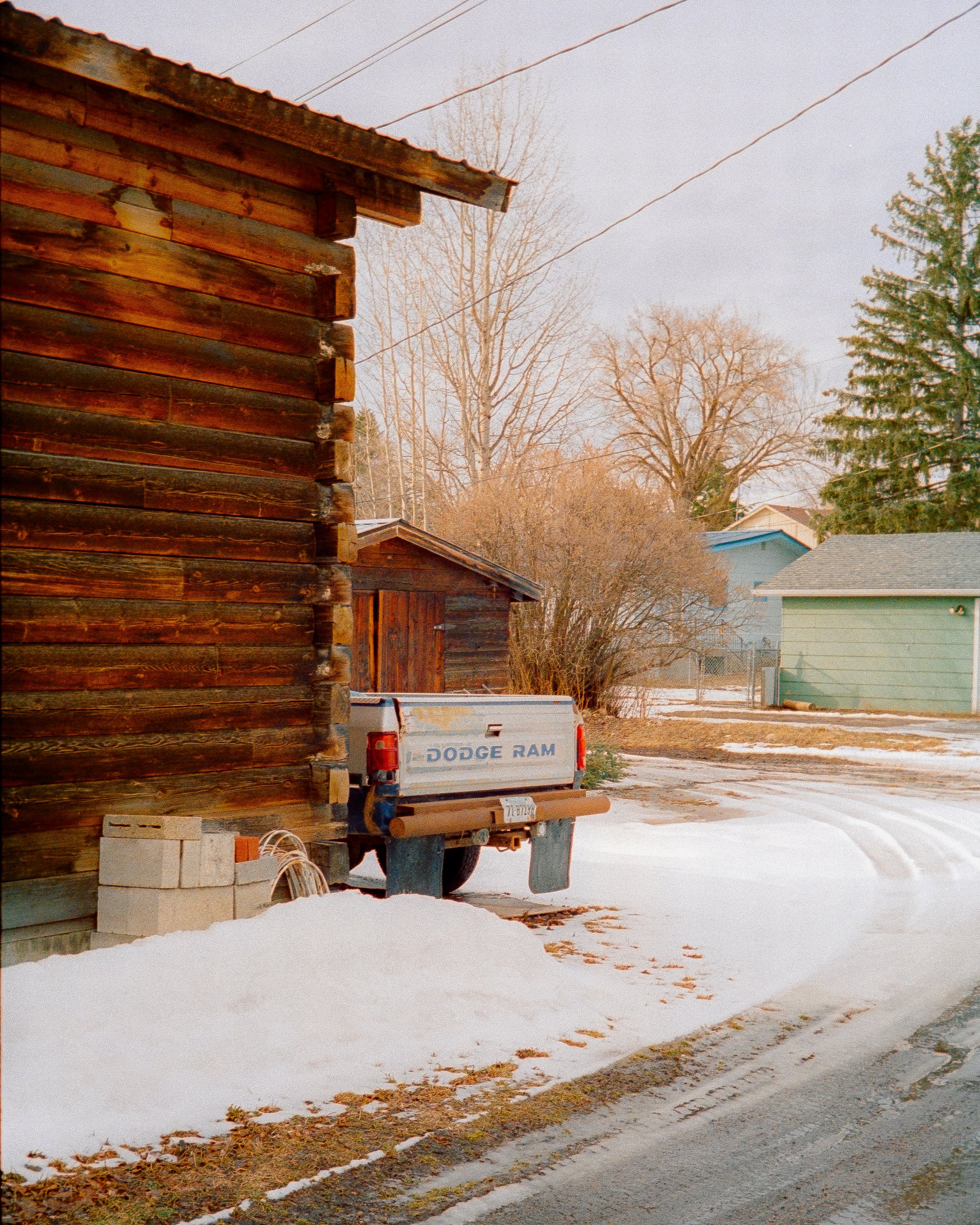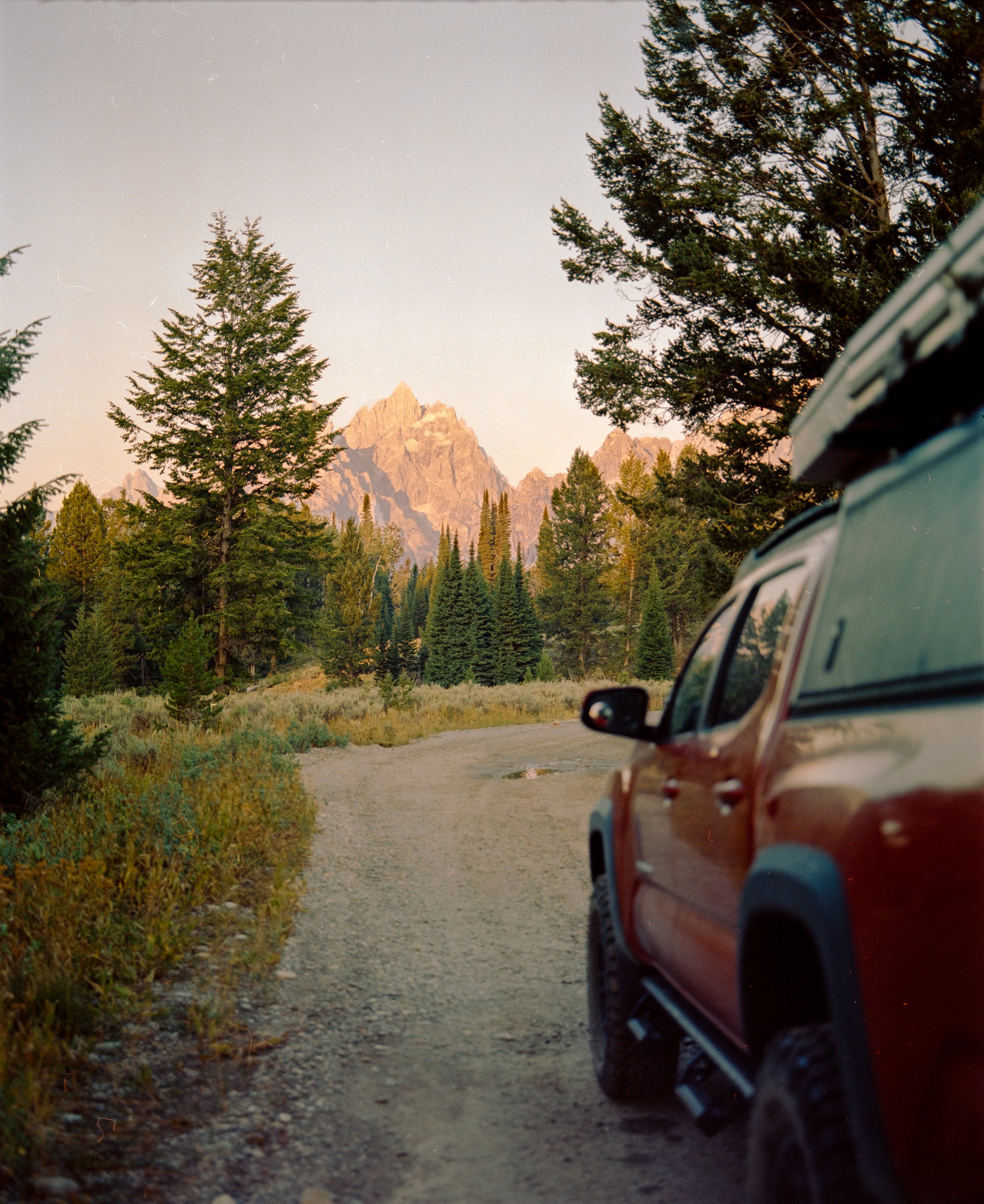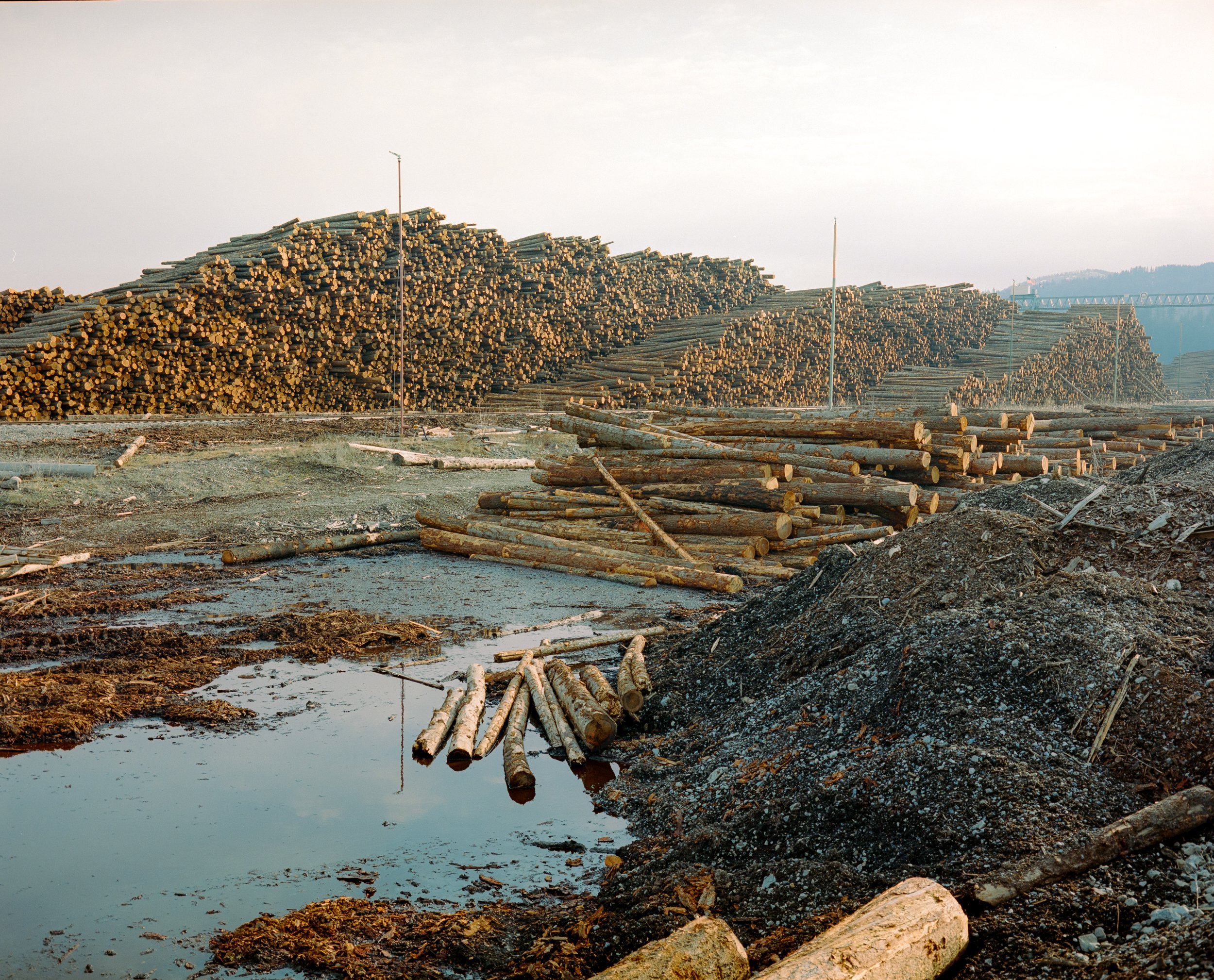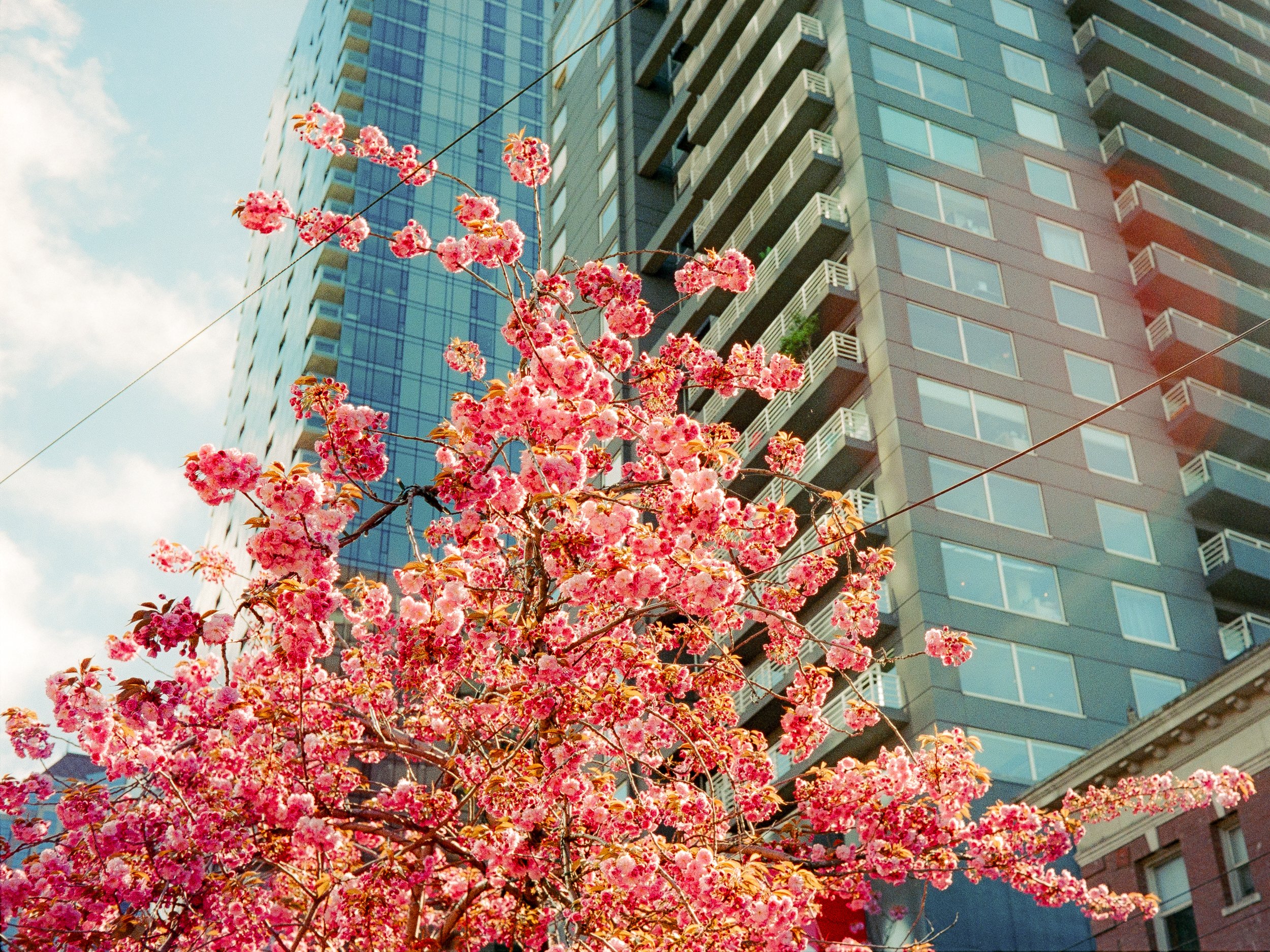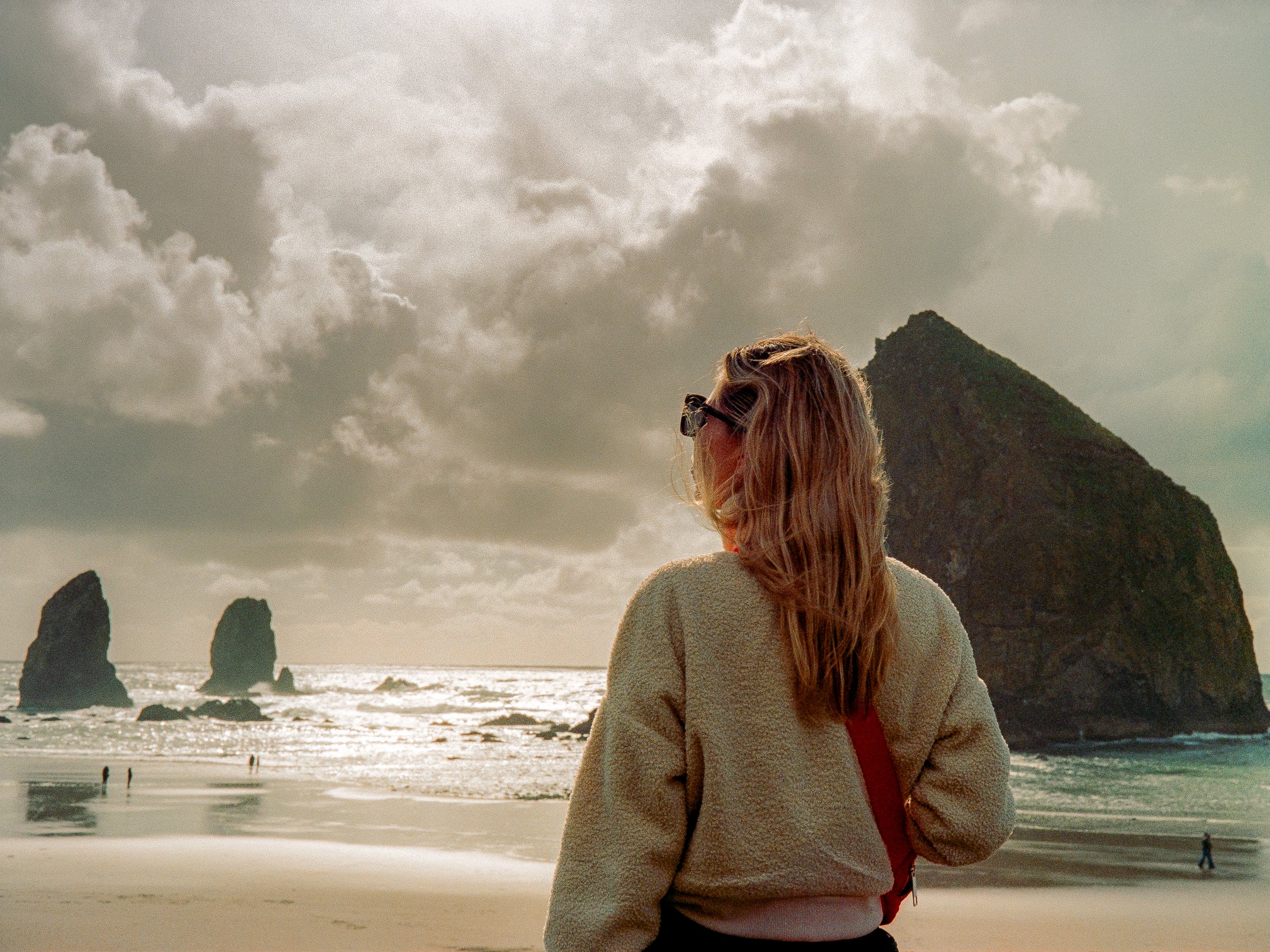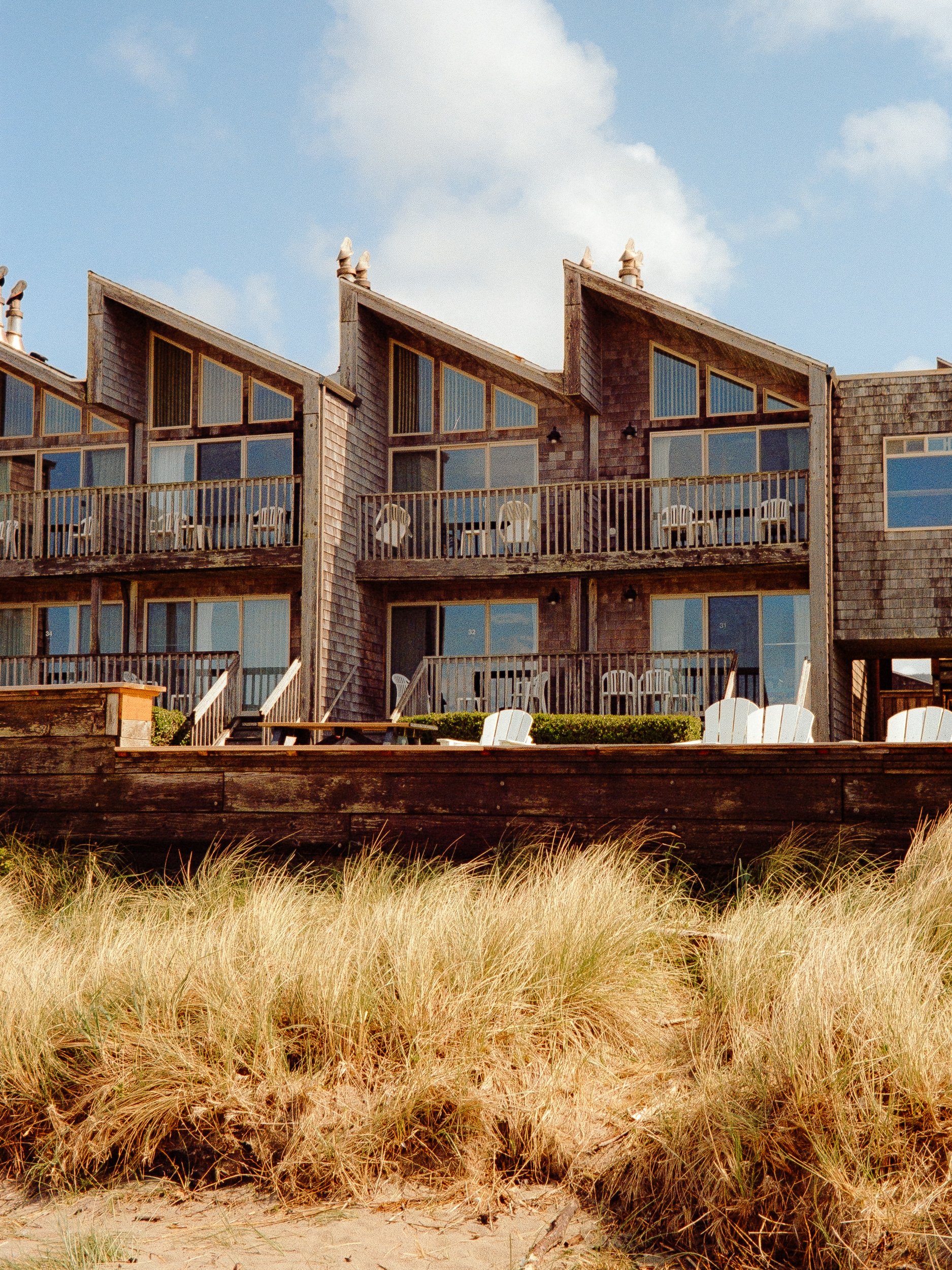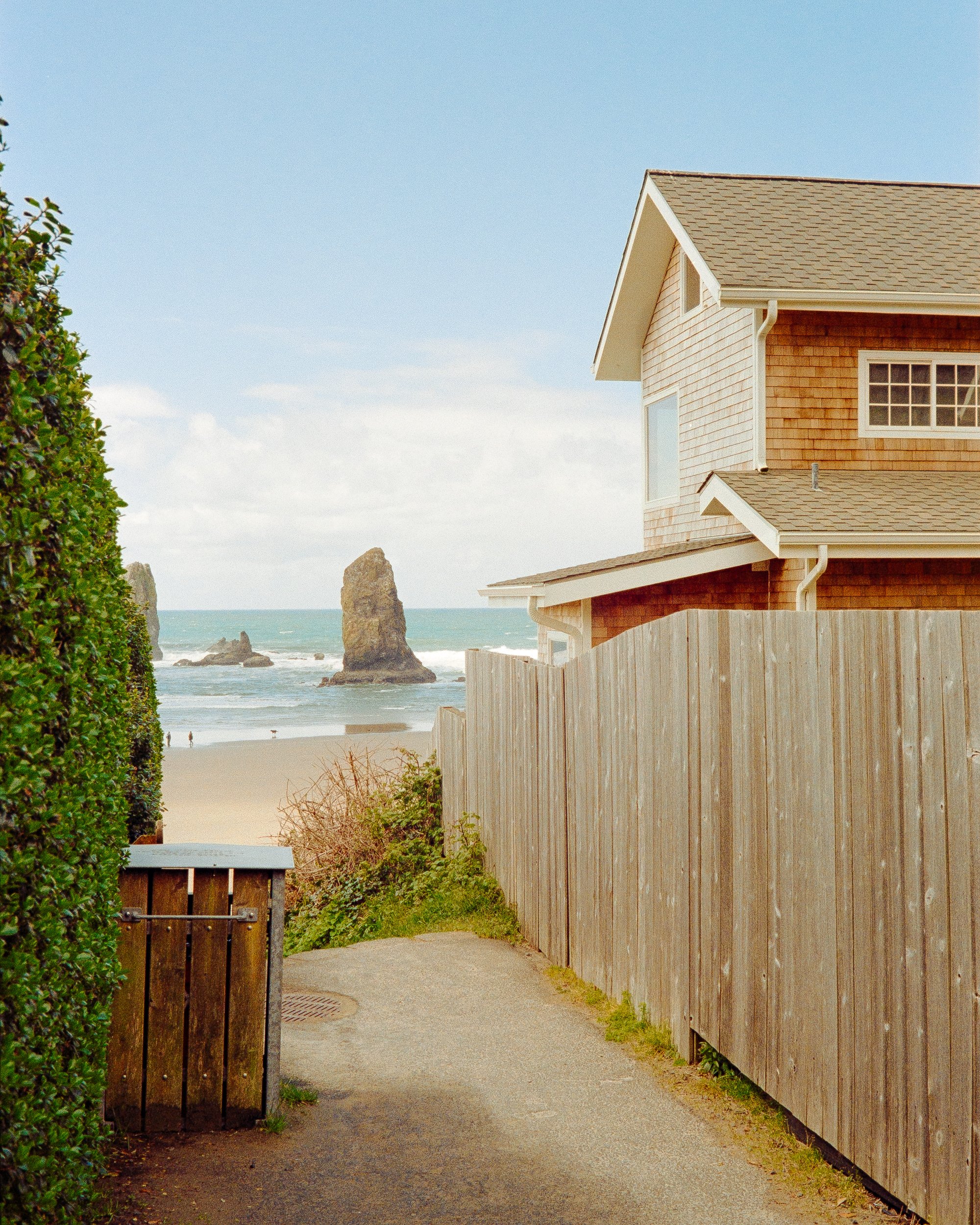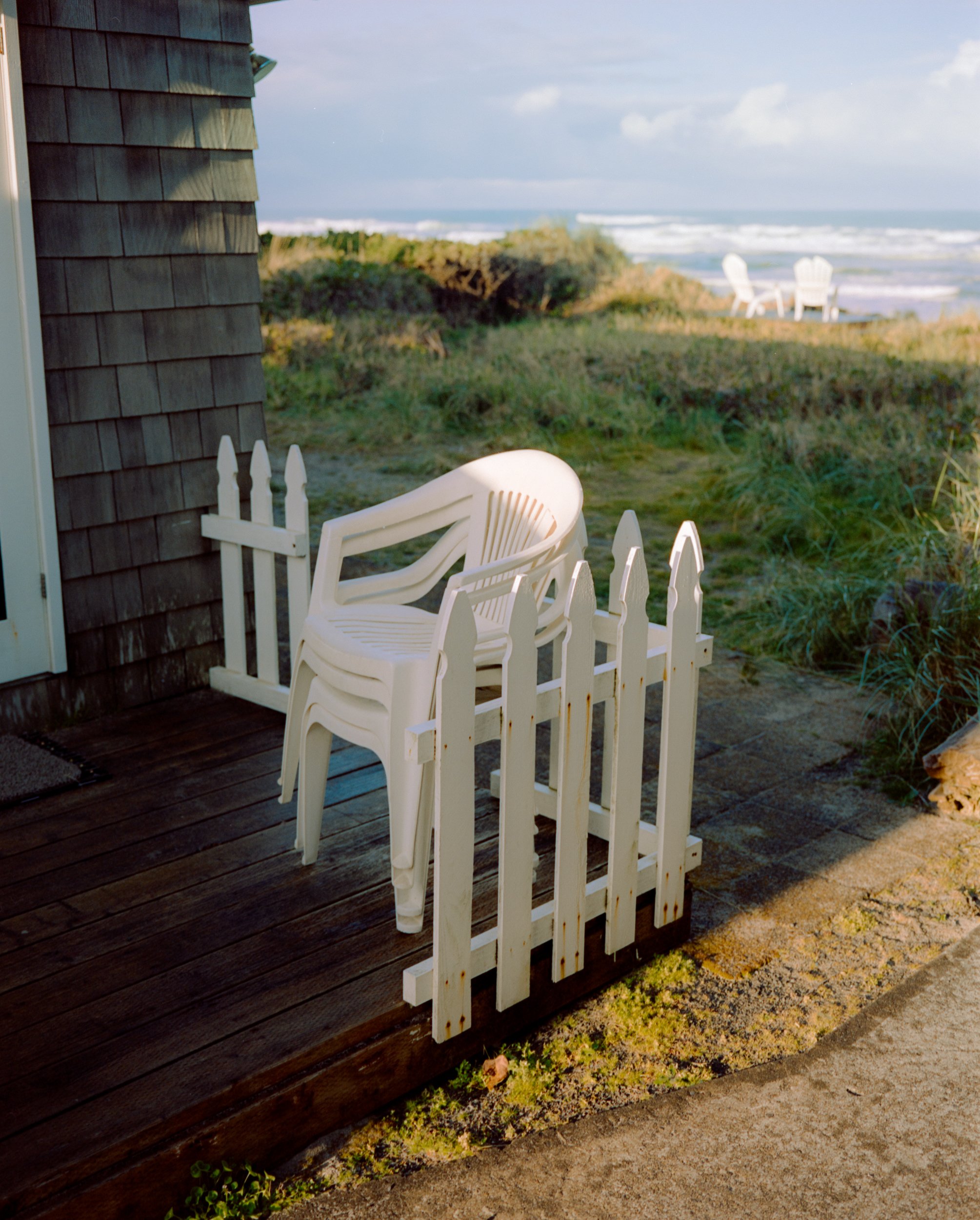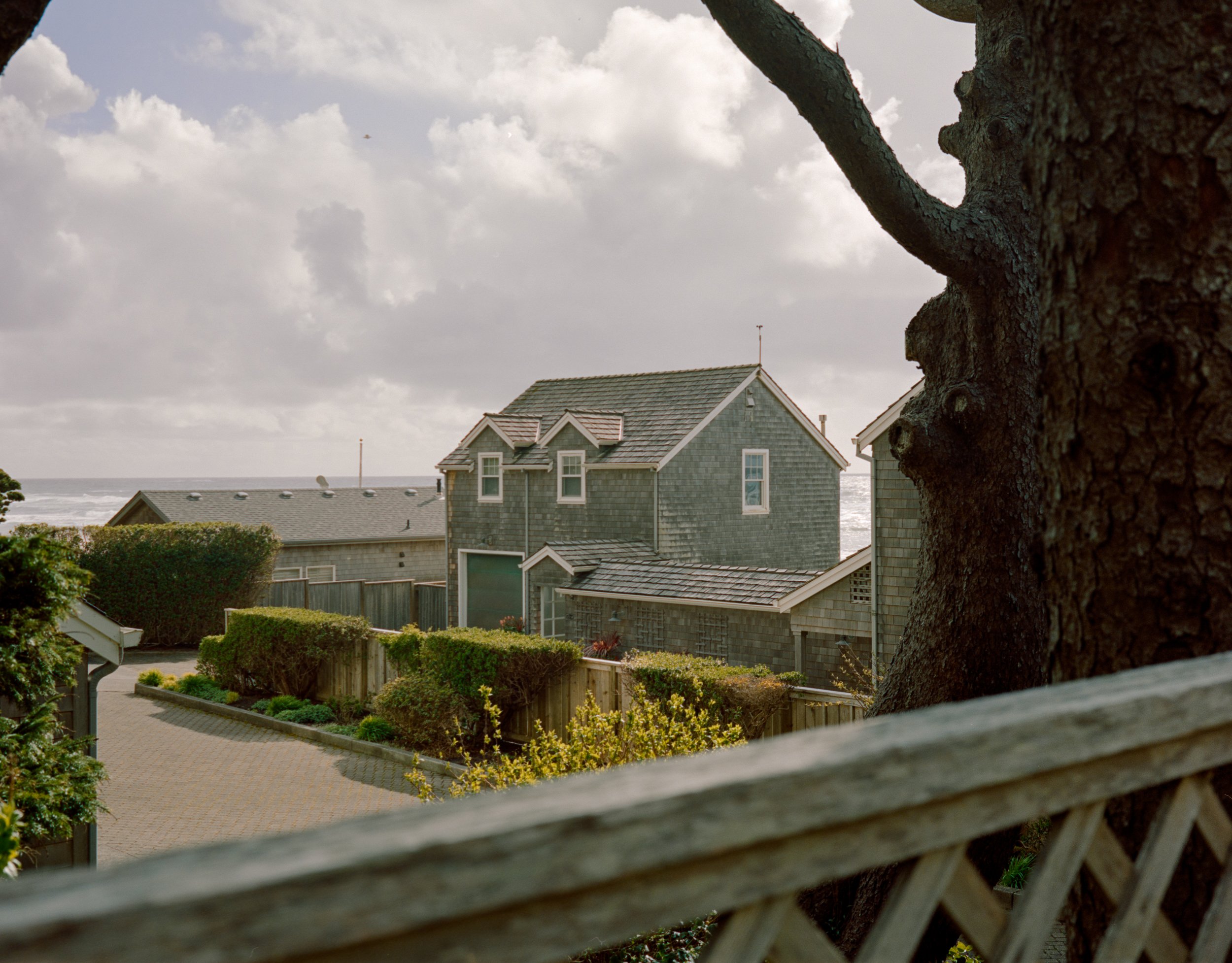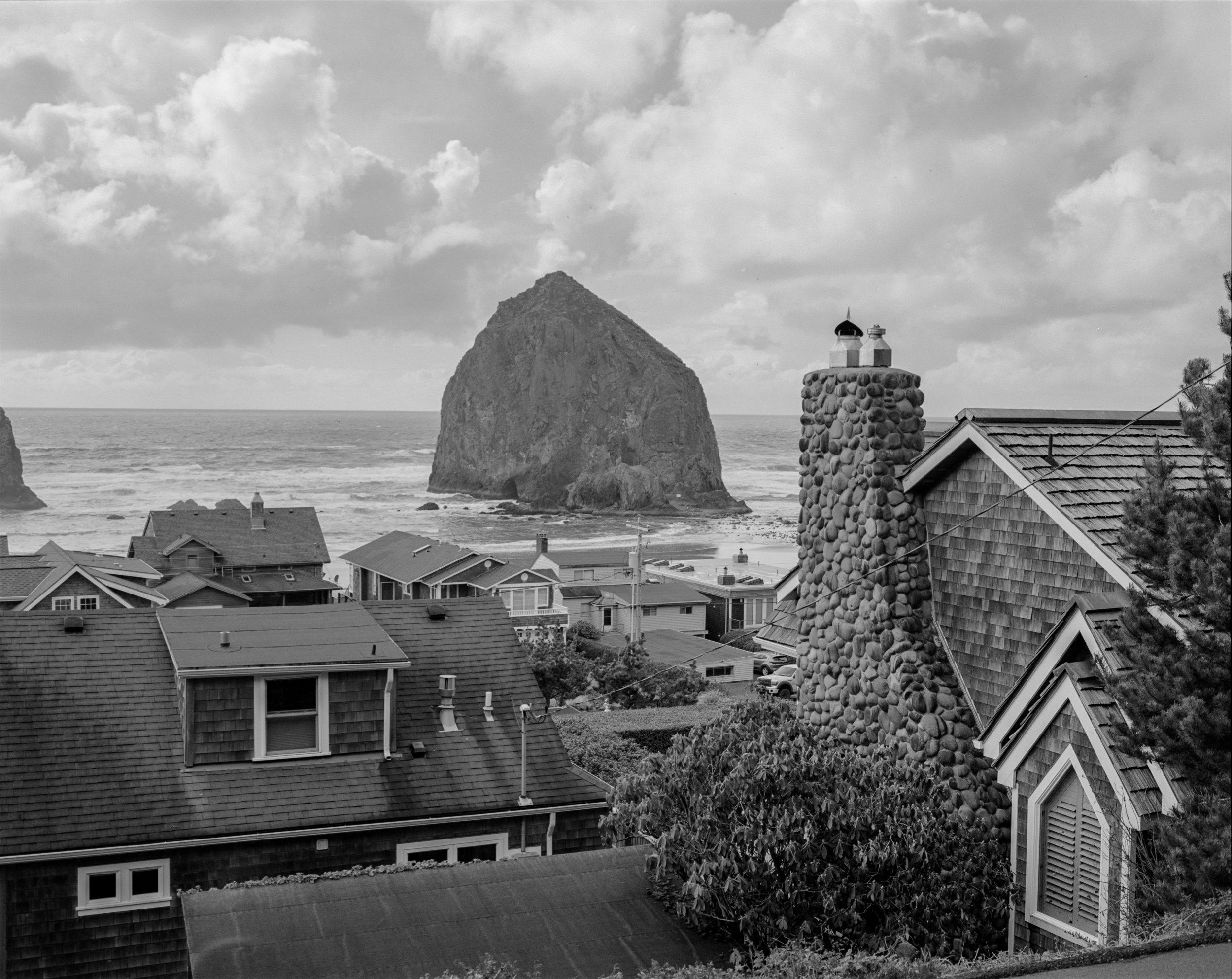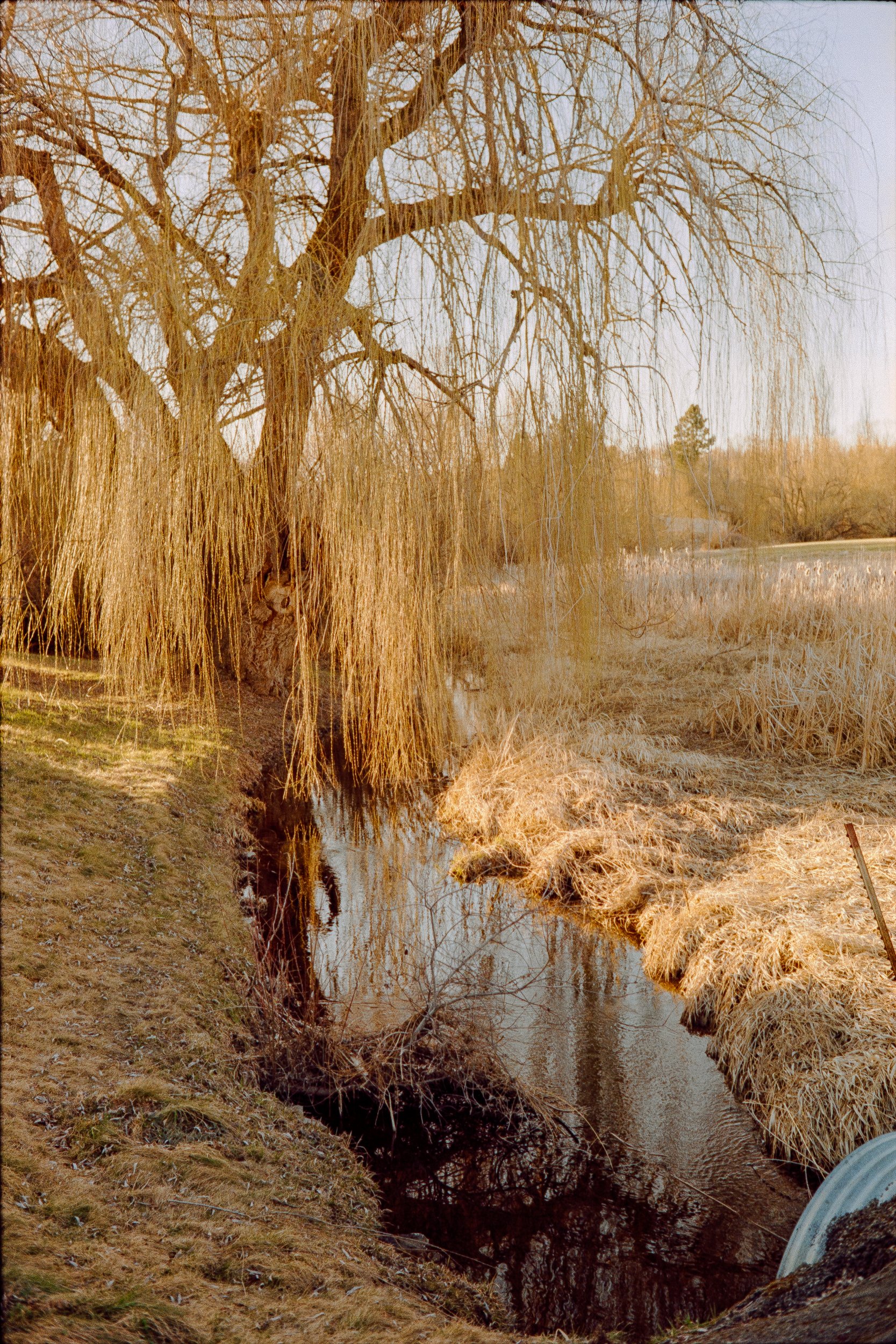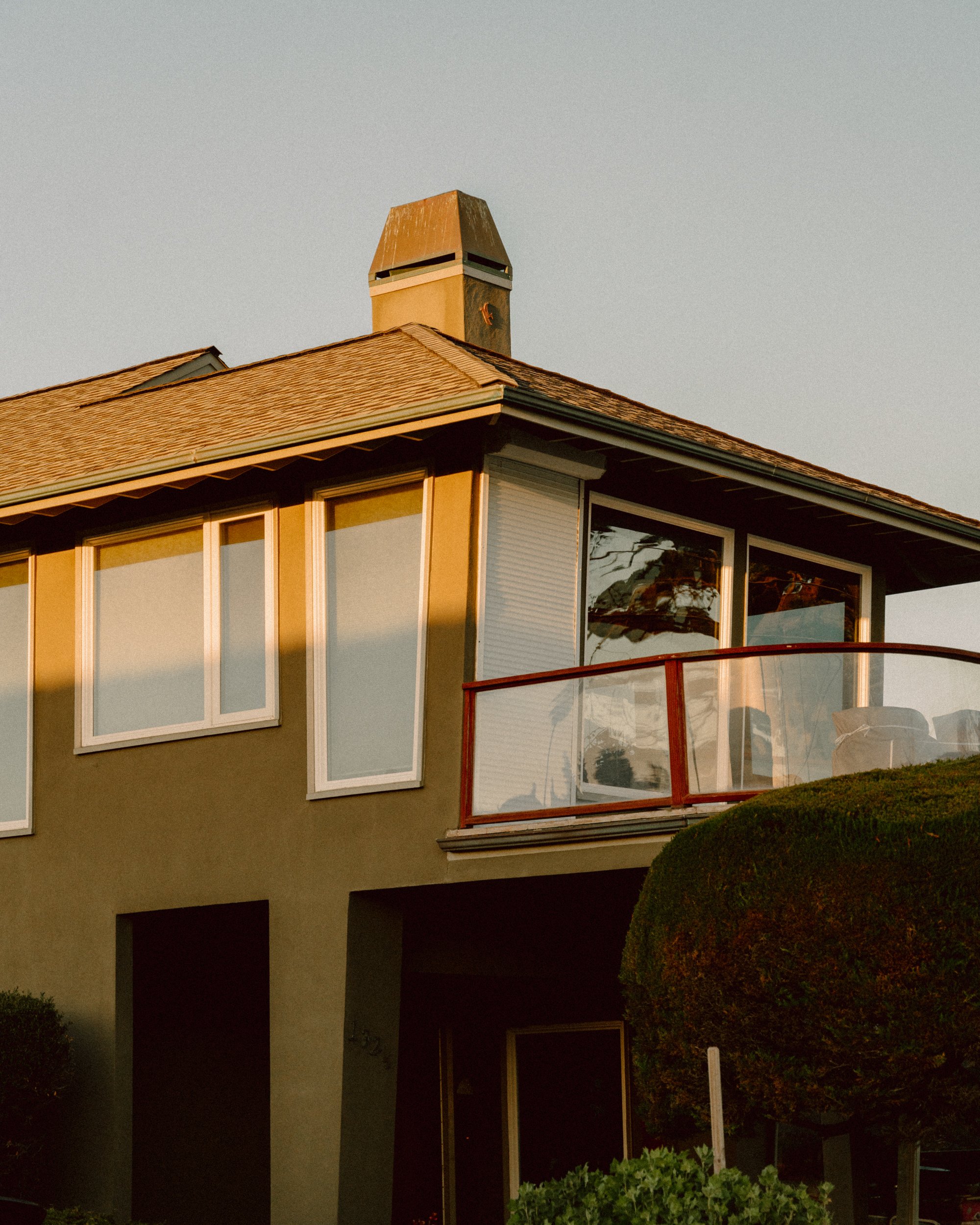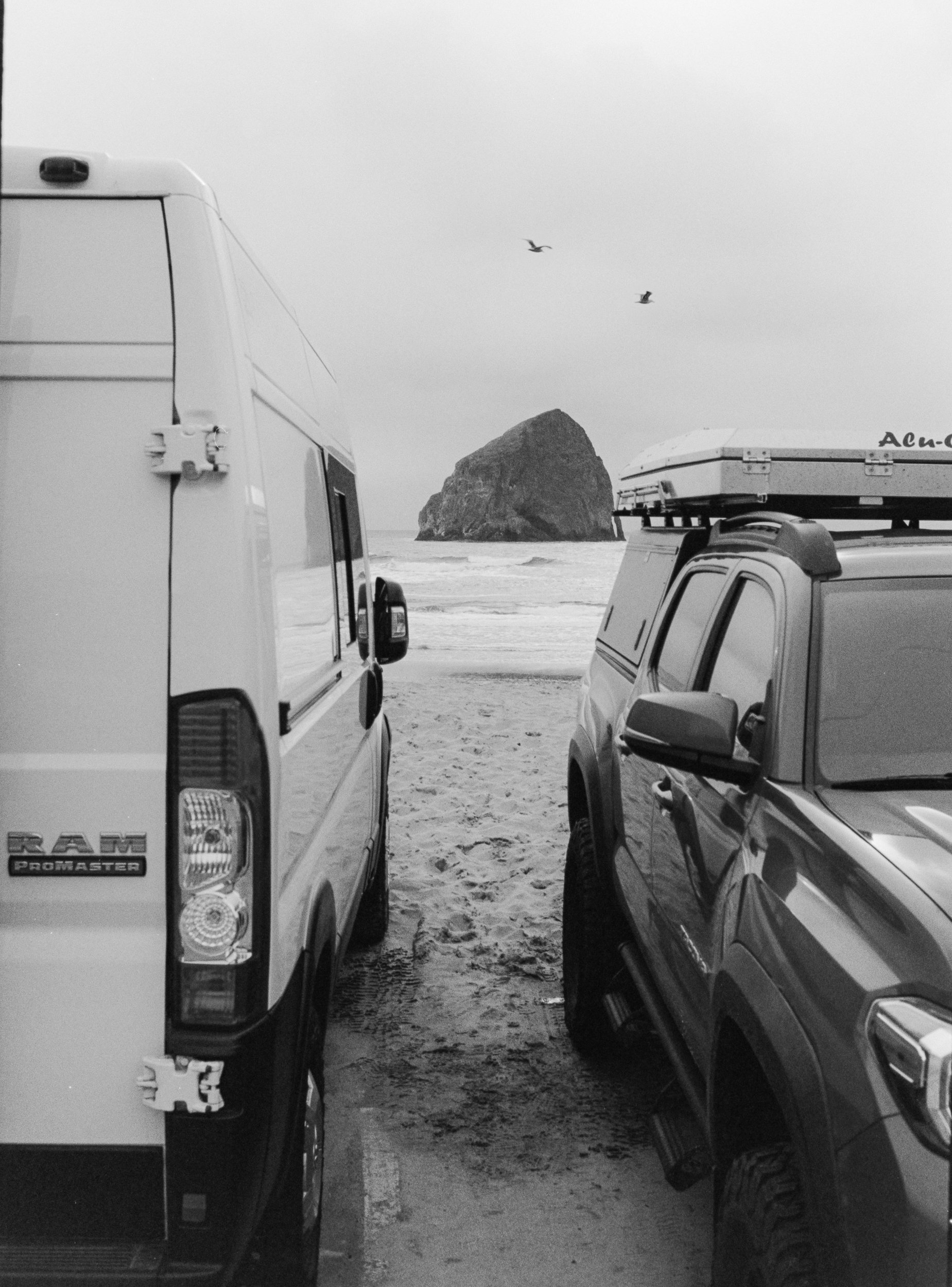Film vs Digital Photography
An Article by Blake Swingle
Technological advancements in photography have provided today’s photographers the choice to shoot either film or digital photography or a combination of the two. As I began my list of pros and cons of shooting both mediums, I quickly discovered that my list for film photography elicited more emotion than just basic facts.
The desire to shoot film began during a road trip I took with a group of friends. As we anticipated our first trip to Utah I decided to document the beauty of Utah using both mediums. Since I was more experienced with digital that was my go to as we began our adventure from Columbus, Ohio, with my trusted Sony digital in hand. I documented cross country with digital and continued as we entered our first park, Arches National Park. We’ve all seen incredible images of those gorgeous Utah parks, and for those who have experienced the parks firsthand, you know, and remember, the emotions you felt. Although The camera effectively captures the moment and the images, it is unable to capture the personal, individual emotional response of our mind and body while in that moment. It was at the end of day one that I decided that I wanted to expand my photography skills a bit by experimenting with film photography. Day two we were off to explore Bryce Canyon and I brought an old Olympus point and shoot camera from home that had been gathering dust for more than a decade. I shot only a single roll of porta film, 36 exposures, and ironically, I have yet to develop that roll of film! That eight mile trek through the canyon is beyond mere words. Those images, and ranges of emotions I felt are seared into my brain. I realized how freeing that hike was! Using analog, I simply shot the photo and moved on, and my face wasn’t buried in a viewfinder or constantly checking the back of my screen to see if I “got the shot.” I realized the opportunity and ability to more freely enjoy the outdoors! I was free to enjoy the hike and the experience with my friends.
I recently read a book published by Patagonia called Slow is Fast, a compilation of photos by Dan Malloy, Kanoa Zimmerman and Kellen Keene documenting their adventure along the California coast. “We were desperately nostalgic for the road trips of twenty years ago, when a good photograph was not the destination but evidence of a good adventure.” This quote from Dan Malloy resonated with me, reminding me of the old photos capturing the unique events and moments of my parents and grandparents in a seemingly slower time, when the world was not instantly at one's fingertips. Sure, there are those photos, some slightly out of focus, or not framed just right, and those taken by my grandmother, who was notorious for cutting off the tops of heads! They never knew if they “got the shot” until the prints were picked up at the film developer, which was usually the local drug store offering prints in an hour. Regardless of the skill level of the photographer it was with eager anticipation they would remove the prints from the envelope to relive the moment, to share a laugh and then to ultimately slide those treasured prints into the plethora of photo albums tucked away spine out on the shelves in the family room, on either side of the fireplace.
Whether it’s prints in a couple of hours or in a couple of weeks, I quickly realized the expense of film development and I was determined to save on development in order to invest more into the precious film stock itself. I’ve made the initial investment in basic equipment to develop at home: chemicals, thermometer, dark bag and darkroom chemical bottles. The film-developing process itself is relatively quick, about 15 to 20 minutes, taking more time to set up than to develop. What I most enjoy is the thrill of unspooling the developed negatives to reveal my most recent trek, and I can’t wait to turn the negatives themselves into scanned positives on my computer. As I review the scans, it’s my moment of truth, to determine if I, like my ancestors, was able to “get the shot.”
Clearly, there are pros and cons to both mediums, and it’s wonderful to have both options available today. The subject matter, the presence of motion or not and the amount of light all help to determine which medium is best suited for the task. Technological advances in photography provide us with vibrant colors and very crisp, almost flawless results. As much as possible, I will select film photography for the more natural look it provides. I find the look of film photography very comforting, with its softer pastel colors and just a touch of grit and grain, capturing a more realistic image of what my eyes actually saw at that moment, and what is stored in my memory. For me, those seemingly less-than-perfect images are reminiscent of that experience and those feelings, a simpler time, with family and friends, just as I remember! Perhaps it’s time to finally develop that first roll shot at Bryce Canyon and share those memories with my friends!
